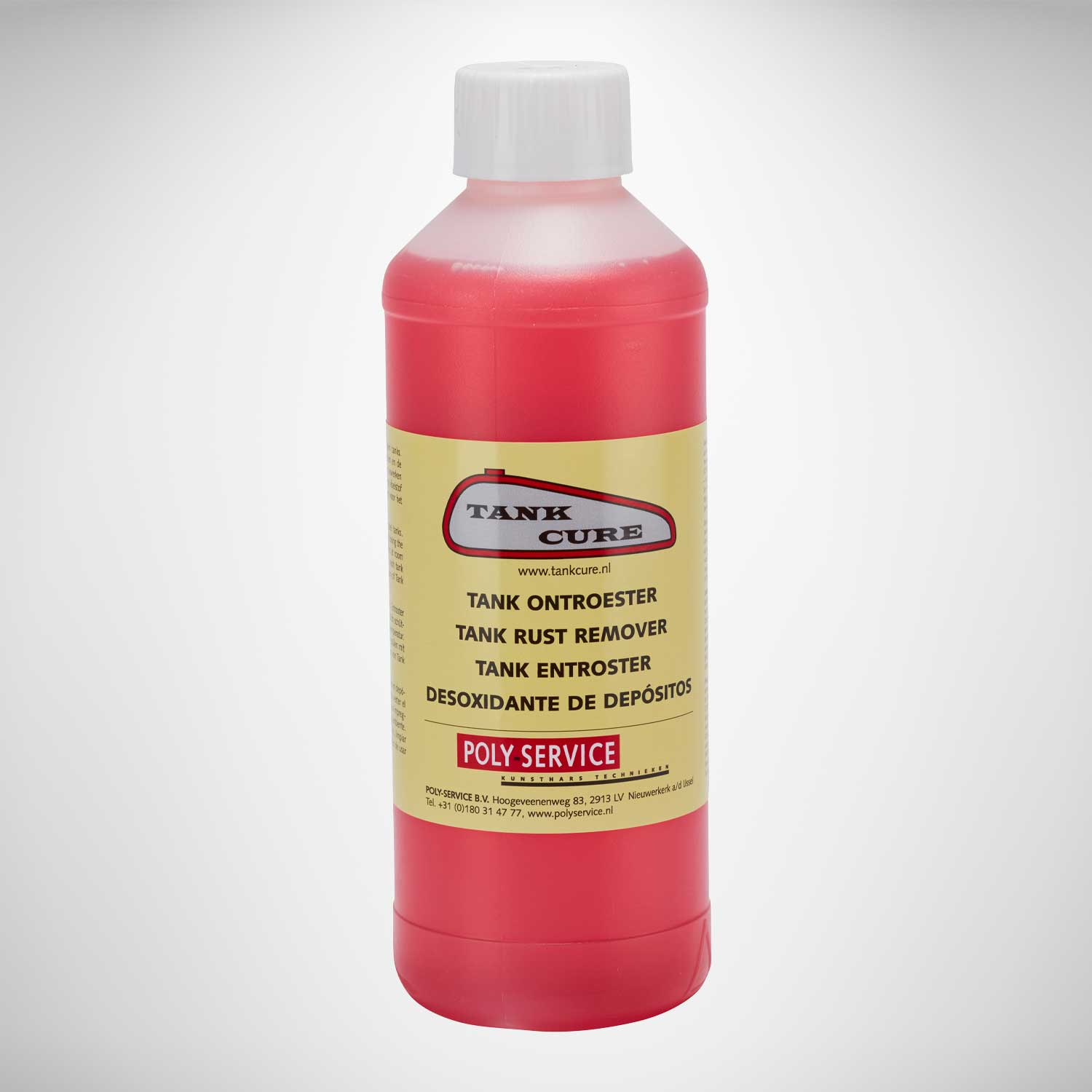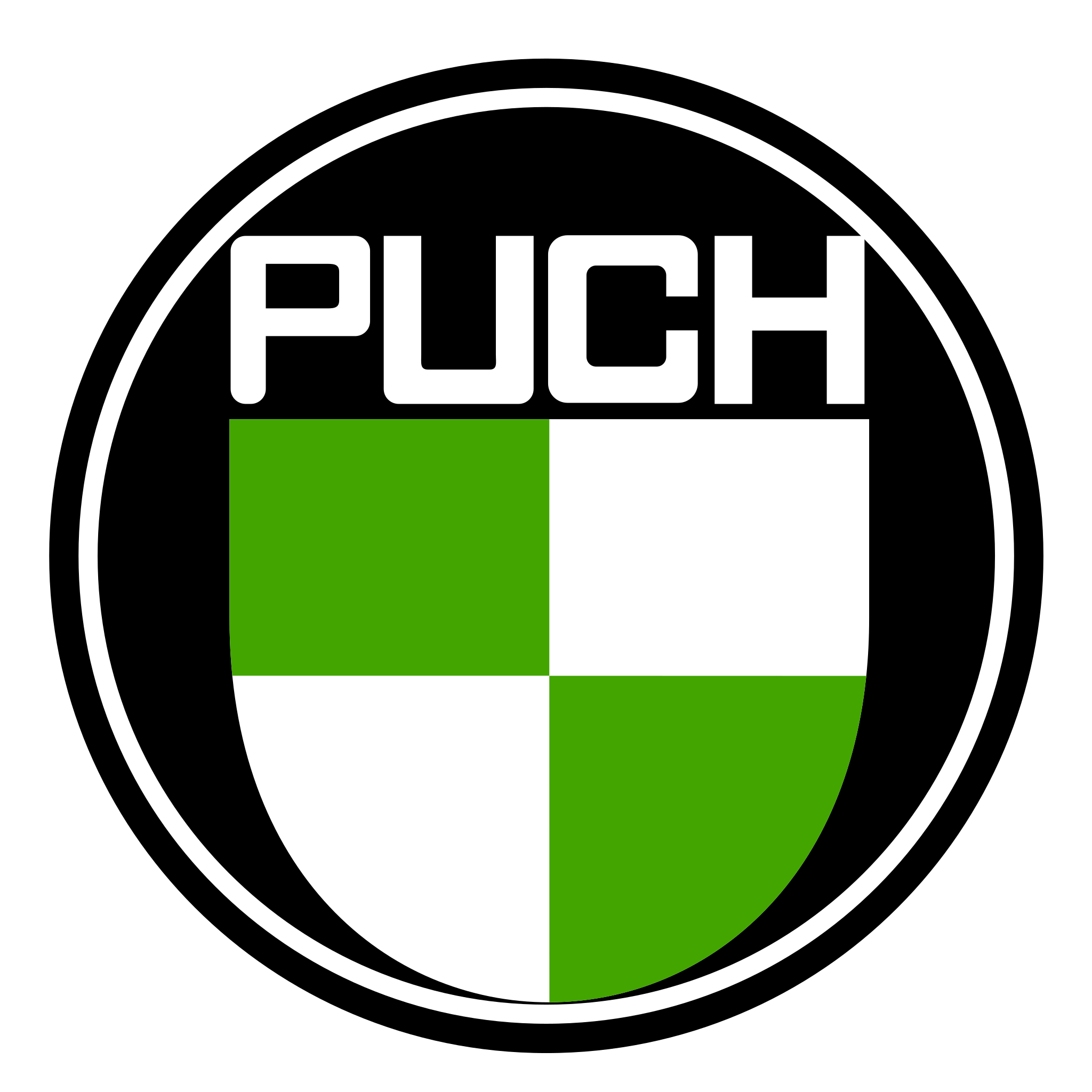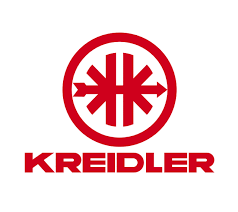Tank Cure Handling scheme and Tips
Derusting and etching of the fuel tank
Tank Cure Rust Remover:
 Treat the tank with Tank Cure Rust Remover, even if there is no rust. This not only removes rust, but also etches the surface so good adhesion of the sealer to can be obtained. Old tanks are often rusty on the inside, but young tanks can also be affected by rust due to the use of petrol with Bio-Ethanol added.
Treat the tank with Tank Cure Rust Remover, even if there is no rust. This not only removes rust, but also etches the surface so good adhesion of the sealer to can be obtained. Old tanks are often rusty on the inside, but young tanks can also be affected by rust due to the use of petrol with Bio-Ethanol added.
Rust can be removed with Tank Cure Rust Remover. The Rust Remover works best when it has a temperature above 25 ˚C. By adding a hand of coarse gravel or chipboard screws and regularly shaking the tank back and forth, the rust can be properly loosened and removed. Do not leave the Tank Cure Rust Remover in the tank for too long. Inspect the tank regularly to ensure that all rust has been removed. After this treatment remove the Rust Remover and rinse the tank well with water. Directly afterwards dry the petrol tank thoroughly to prevent rust formation. A hair dryer is a useful tool. Previous step Next step
Useful tips
Make sure that the Tank Cure Rust Remover does not retain tin the tank for too long. Once the rust has been removed, rinse the tank well with water to neutralize the effect of the Tank Cure Rust Remover.
Old paint layers, rust, or contaminants can adversely affect the adhesion of Tank Cure Coating.









